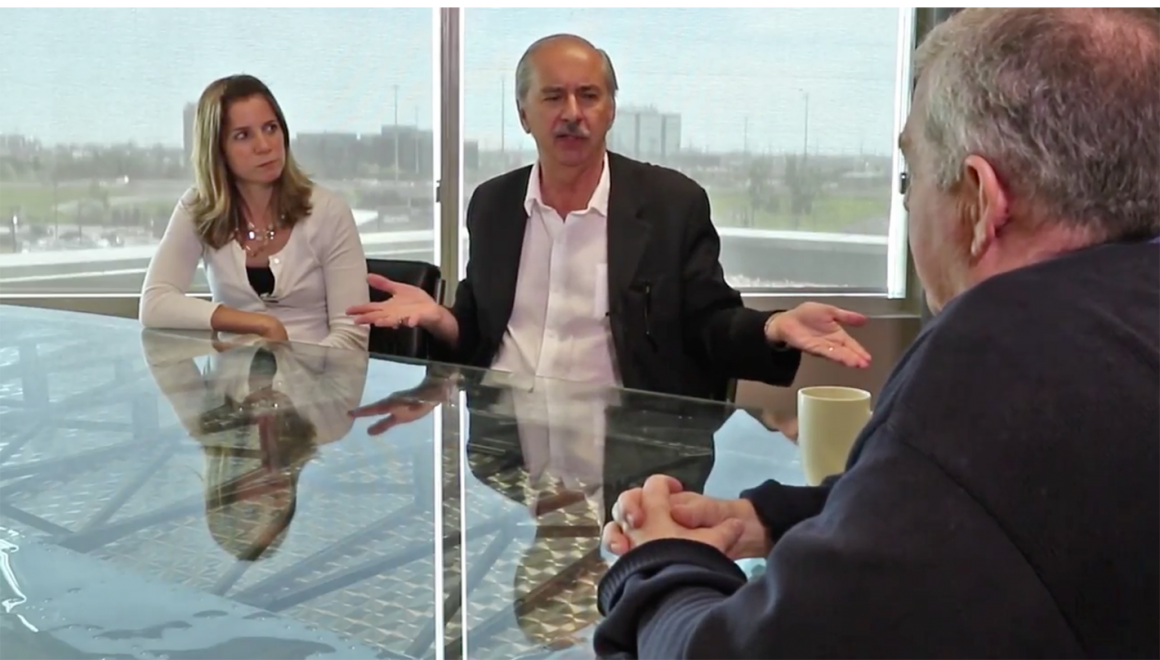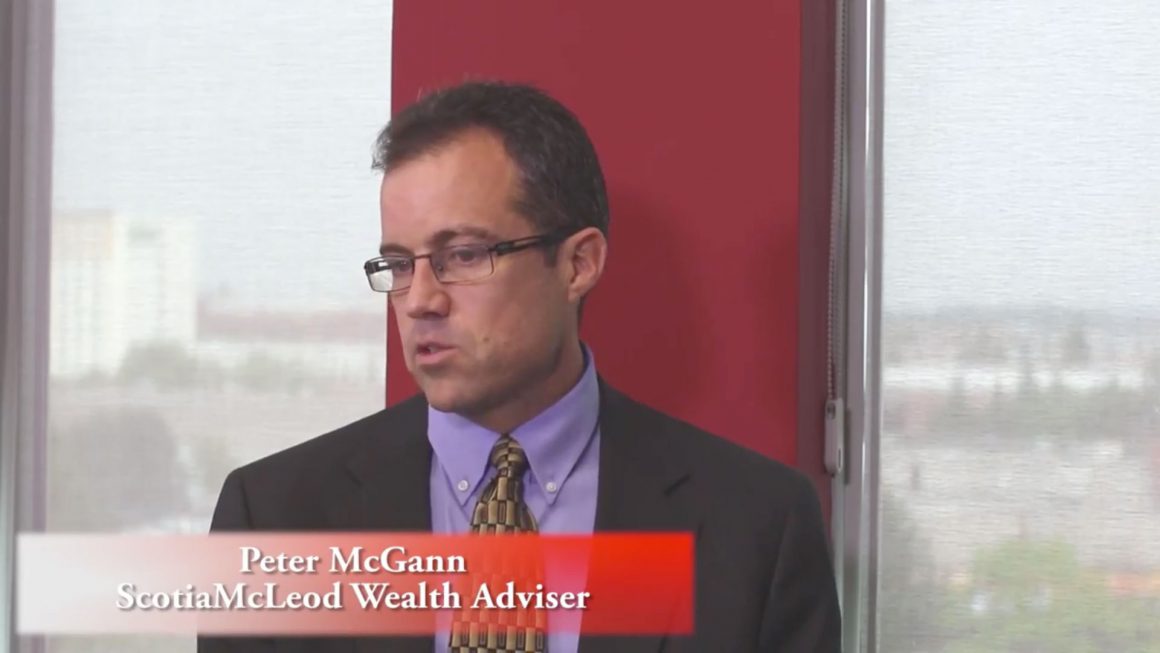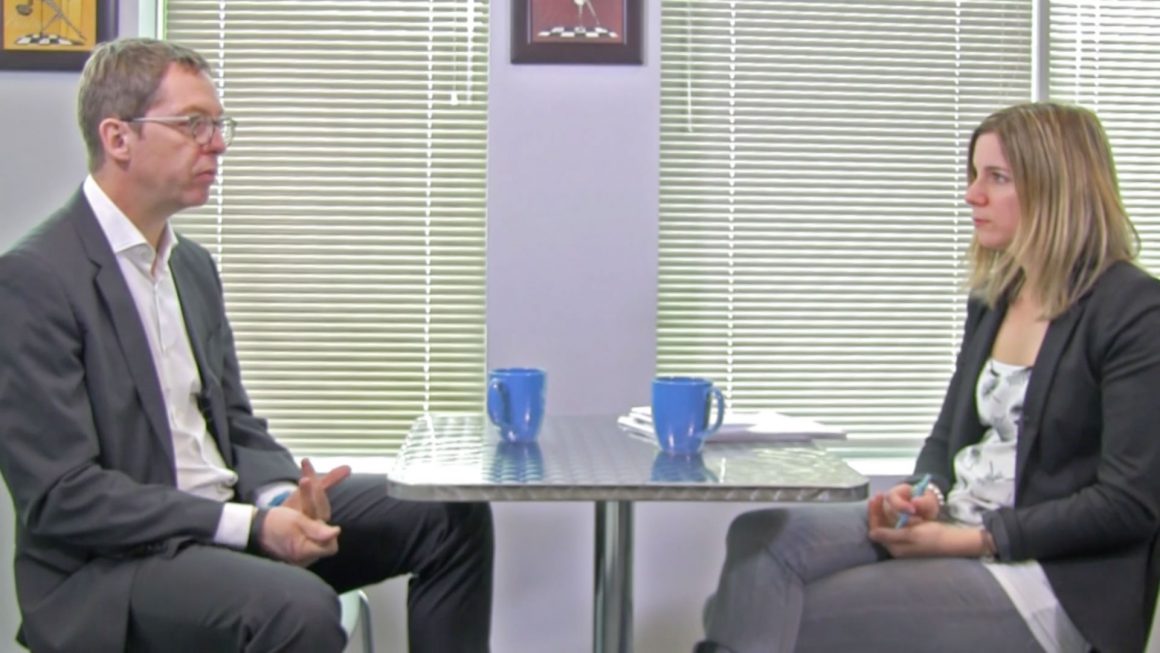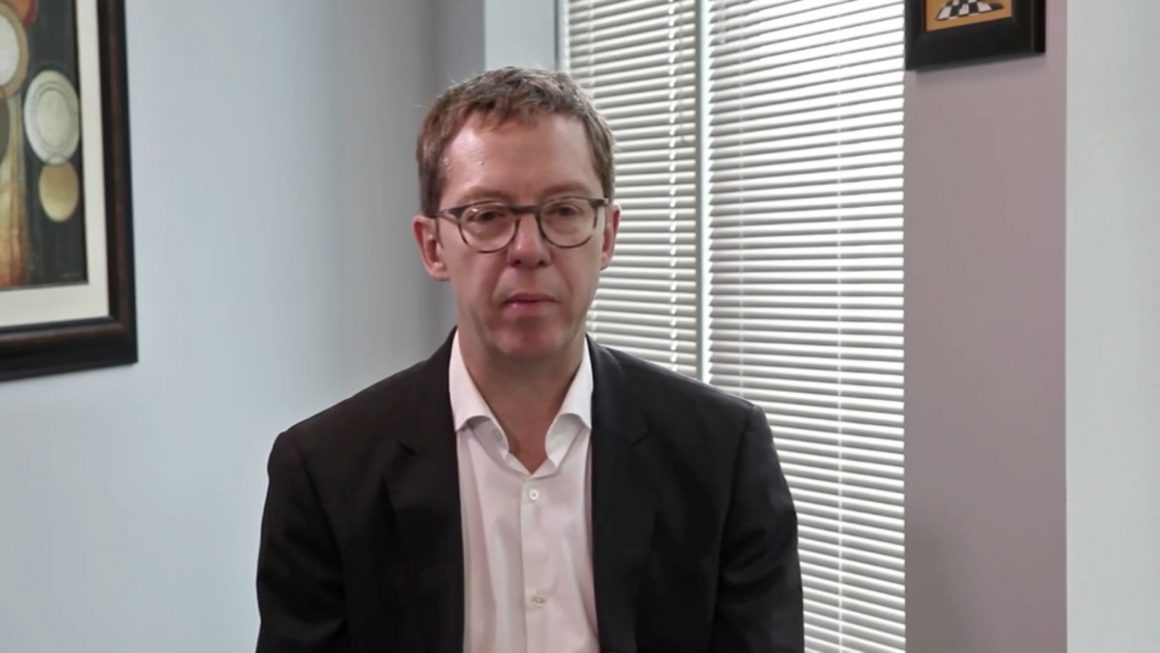Distressed investing involves an investor buying into securities such as stocks or bonds in a company that have lost value. This could happen for a variety of reasons, such as taking on too much debt, a disruption on the financial markets or a completely unforeseen technological change. Chand Sooran, chief investment officer of Point Frederick Capital Management, told Financial Pipeline that these occurrences of companies getting into trouble can be traced to the way the credit cycle works.
CS: Distress comes in cycles, in that cycle is precipitated as a part of the credit cycle. So the credit cycle refers to the ups and downs of the availability of credit within the overall economy and by availability of credit I mean, how easy it is for companies to borrow and what that means is, it can either mean that they can get access to funds and/or they can get access to funds at a very cheap rate and/or they can get can access to funds that are on very favourable terms to the company.
And so what will happen is, there will be periods when nobody will lend to anybody under any terms whatsoever and there will be other times in the economic history of the credit cycle where everyone will lend to anyone at the easiest possible terms. And it is that push and pull that creates the credit cycle because when people will lend money to anybody under any terms, people will take that money and do things that are uneconomic and that causes the financial distress. People will say okay, if you’re going to give me the money today, I might as well take the money out of the business today because I know that the business is stable. If you’re really cynical, you take the money out today because you know the business is going to tank.






